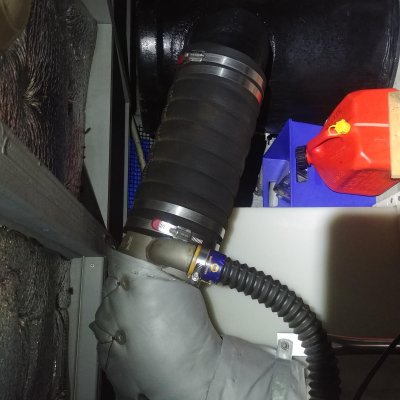BDofMSP
Guru
- Joined
- Sep 5, 2013
- Messages
- 934
- Location
- USA
- Vessel Name
- Gopher Broke
- Vessel Make
- Silverton 410 Sport Bridge
I'm planning and budgeting for the inevitable replacement of my exhaust manifolds and elbows, as the boat is over 20 years old - nothing lasts forever.
My question is "How important do you think it is to use OEM for the manifold"? I mean, the price isn't even in the same universe. Cummins (and Seaboard Marine) want almost $6k for a manifold. They can be commonly found from many manufacturers and distributors across the internet for $600 to $800 bucks.
There's nothing really "mechanical" about it - it's a piece of steel. Is there really that much difference here? I thought about looking for reviews and such, but other than basic fit, any differences (from inferior steel, etc.) wouldn't likely show up for years.
I'm not opposed to spending some extra money, but this is an enormous difference, and that money could be the labor for the job. I'd like to know specifically why one is worth ten times the other.
Thanks,
BD
My question is "How important do you think it is to use OEM for the manifold"? I mean, the price isn't even in the same universe. Cummins (and Seaboard Marine) want almost $6k for a manifold. They can be commonly found from many manufacturers and distributors across the internet for $600 to $800 bucks.
There's nothing really "mechanical" about it - it's a piece of steel. Is there really that much difference here? I thought about looking for reviews and such, but other than basic fit, any differences (from inferior steel, etc.) wouldn't likely show up for years.
I'm not opposed to spending some extra money, but this is an enormous difference, and that money could be the labor for the job. I'd like to know specifically why one is worth ten times the other.
Thanks,
BD

